
Andrew Hogarth is a native of Scotland, long time resident of Australia and a world traveller. During the early 1970’s he trained in the field of graphic reproduction at the Napier College of Science and Technology in Edinburgh successfully completing practical and theoretical exams leading to the award and membership of the London Institute City and Guilds for Graphic Reproduction. Hogarth’s interest in Native American culture was ignited early in his youth and has led him to travel some 200,000 miles throughout the Southwest and the northern and southern Great Plains region of the United States of America over a thirty-two year period. His extensive fieldwork has resulted in three photographic collections and the publication of six books.
In 1994, his photographic collection Native Lands: The West of the American Indian debuted as a solo exhibition in Woollahra, Sydney, Australia. The same year Hogarth left full time employment to establish his work in the United States of America. Native Lands made its American debut in 1996 with a showing at the Pioneer Memorial Museum, Douglas as part of the Wyoming State Fair program, quickly followed by a showing at the nationally acclaimed Jackson Hole Fall Arts Festival, Wyoming. Critical acclaim and strong attendances led to further exhibitions of his work during the summer season of 1997 – Native Lands at the Jim Gatchell Memorial Museum, Buffalo, Wyoming and Battlefields, Monuments and Markers at the Museum of the Mountain Man, Pinedale, Wyoming.

Powwow: Native American Celebration, Hogarth’s third photographic collection debuted at the Graphis Fine Art Gallery, Woollahra, Sydney, Australia in 1997. In April 1998 Powwow was one of only fourteen art forms selected worldwide for a three year national tour of the United States of America by the Missouri based touring company Exhibits USA. The tour opened in October 2000 at the Martin Luther King Jr, National Civil Rights Museum in Memphis, Tennessee. Other prominent museums and art galleries that hosted Powwow during this period include: The Sam Noble Oklahoma Museum of Natural History, Norman, Oklahoma; The Sam Houston Memorial Museum, Huntsville, Texas; The Shafer Art Gallery, Big Bend, Kansas; The Clark County Heritage Museum, Las Vegas, Nevada; Memorial Union Gallery, Fargo, North Dakota and the Historic Arkansas Museum, Little Rock, Arkansas.
Photographs from Hogarth’s extensive collection have been published in both Australia and the United States of America. Some of his earliest photographs appear in the 1986 Custer Battlefield National Monument annual colour magazine Greasy Grass while his exhibition image of Yakima-Cree-Umatilla tribal elder Raymond Cree was published on the front cover of the US national newspaper Indian Country Today in 1996. In April 2003 Hogarth’s life story featured in the Sun Herald Sunday Life Magazine in New South Wales and The Age Sunday Life magazine in Victoria, Australia. In July 2008 Hogarth exhibited his twenty-five year retrospective Great Plains: Images of Native America 1981-2006 as part of The Healing Arts Program at St. Vincent’s Hospital Darlinghurst, Sydney, New South Wales, Australia.
While still continuing to travel and photograph the Great Plains and Southwest of the United States of America Hogarth’s more recent work has seen him collaborate with artists, writers and musicians on a variety of projects. His collaboration with Florida artist Denny Karchner throughout 2011-2013 resulted in paintings of two of his exhibition images, that of Cheyenne Danny Reyes and Lakota-Sioux Jay Eagle. In early 2013 Hogarth’s travels and images featured in and on the cover of the magazine Australian Journey and he was invited to speak at the inaugural Newcastle Writers Festival in Australia. His collaboration with musician Karl Broadie saw his work selected as the cover photograph for Broadie’s fifth album A-Side, B-Side, Seaside. The album was selected for a Tamworth Golden Guitar in early 2014 for Alternative/Country Album of the Year. In moving almost exclusively to digital photography his most recent collection of photographs Native America: Dinetah to the Greasy Grass 2008-2013 debuted in Sydney Australia in January/February 2014 for a second time as part of St. Vincent’s Hospital’s Healing Arts Program.
Throughout the last thirty-three years Hogarth has visited with and photographed many people and places from the ordinary to the extraordinary and learnt much from the life and history of the people as well as the beauty and often harsh reality of the landscape. His time spent documenting aspects of Native American and western life particularly portraiture on the Great Plains throughout the latter part of the twentieth century and early this century provide a brief glimpse into a rich and complex world and a visual narrative in the tradition of renowned photographer Edward Sheriff Curtis 1898-1928. Hogarth’s work contributes significantly to the somewhat limited visual record of this period and his experience as exemplified through his photography confirms that despite almost overwhelming odds at its heart Native America is still very much alive in the twenty-first century.
In early 2021 Hogarth ventured into a new artistic medium working as an advisory/consultant with Indigenous screenwriter Josephine Pula Bezzina on their screenplay “Sacred Arrows.” Hogarth collaborated with the late John Sipes Jr the Cheyenne Chief & Tribal Historian from the years 1991-2001 with both men joining their extensive fieldwork documentation to compile interesting new facts regarding the Great Plains Indian Wars of 1854-1890. The eventual ten part series is also interwoven with historical flashbacks about the life and times of Sipe’s great great grandparents Cheyenne Bowstring Warrior War Chief Medicine Water and his warrior wife Mo-chi (Buffalo Calf Woman). Both these Cheyenne freedom fighters were imprisoned after the Red River War of 1874-1875 for three years at Fort Marion (Castillo de San Marcos), St. Augustine, Florida. In 1878 Cheyenne Bowstring Warrior War Chief Medicine Water and his warrior wife Mo-chi (Buffalo Calf Woman) returned back to their homes in Indian Territory (Western Oklahoma). Mo-chi died three years after returning home in 1881. Medicine Water lived on his allotment and freighted goods to and from Fort Reno and the Cheyenne-Arapaho Darlington Agency. Medicine Water died in 1926 and is buried on private land in Clinton, Oklahoma.The 2021 made for television sixty page pilot episode set in modern-day western Oklahoma is a supernatural drama thriller that deals with the theft of Native American creation objects.
Late one evening in April, 2021 during the Coronavirus pandemic lockdown Hogarth penned the lyric for a song titled “Dog Soldiers” which tells the story of the famous Cheyenne warrior society during the waring years with the Americans moving westward into their tribal lands in eastern Colorado and western Kansas from 1861-1869. Sadly heavy work commitments at long time collaborator Chris Fisher’s end has seen the song along with a Fisher penned composition put on hold indefinitely. This interesting and potential musical collaboration would have seen Hogarth notch up four decades as a working artist since his first Southern Great Plains road trip with Trek America way back in late 1981.
After the two year Coronavirus pandemic lockdown from 2020-2021 which basically saw the industrial and leisure machinery of the greater western world grind to a staggering halt. The slow process of introducing the norms of daily life were snail paced and slow to get back up and running. Basically everything like food outlets cafe’s and restaurants, sporting events, the theatre and the vibrant music scene in concert halls and arenas plus not to mention the club and pub scene all had taken huge hits financially with many establishments forced to close their doors never to reopen. Things started to get back to normal during the middle of 2022 and by the start of 2023 it seemed that the worst of the pandemic which had killed over two million souls worldwide and had affected millions of others who eventually recovered after long bouts of serious illness due to the effects of the Coronavirus.
In April, 2024 Hogarth now aged in his seventies decided to take the plunge once again and head out on a new adventure to Canada and Alaska. The trip would be part cruise and part land with time spent visiting pristine glaciers in Alaska and time photographing the amazing native carved totem poles in Ketchikan, Alaska, Prince Rupert, Stanley Park and Capilano Suspension Bridge Park in British Columbia, Canada. Hogarth shot, documented and archived a large series of totem pole images during the twenty-two day trip thus concluding his artistic working endeavours with a forty-three year image collection and a extensive body of work travelling through the Great Plains of the United States of America, Mexico, Canada and Alaska. This body of work has been painstakingly recorded in forty-eight chapters with a grand total of 13,258 pages with many mostly images driven and complimented with all the stories of Hogarth’s travels and the many interesting people he met and photographed along the way. A displaced Scotsman with a mission that is for sure!
2025. While recovering from serious abdominal surgery in August, 2025 Hogarth entered images into the 1839 Awards Photographer of the Year Contest. Named after the year the medium was first made widely available to the public, 1839 Awards offers a series of competitions “Art of Storytelling Contest” plus the “Colour Photography Contest” and finally the “Photographer of the Year Contest” all honouring the most remarkable photographers using photography as an art form. Their mission statements is “We believe in the power of photography to transport viewers, share ideas, push boundaries and create community. Through our contests and artist first platform, we seek to unite a global audience brought together by their continued exploration of photography as a mode of personal expression. The 1839 Awards are managed by Creative Resource Collective. CRC was established in 2020 with the goals of providing resources, recognition, exposure, and community for photographers around the world. With thirty plus years of combined experience, the team behind CRC obsessively craft educational opportunities, contests, and content for photographers of all levels. Hogarth won the Silver Award in the Non Professional Portrait Category for his 1992 image of young Cheyenne powwow dancer Quanah Kaline. He also won the Bronze Award in the Non Professional Travel Category for his image of young Zuni Kai Lamar also created during the 1992 Great Plains road trip. A third and final Bronze Award was garnered in the Non Professional Event Category for his Powwow Feathered Bustle image in 2011 during the Plains Indian Museum Powwow in Cody, Wyoming. These three prestigious photographic awards bookended a life well lived for Hogarth highlighting and documenting Native American history and culture for the best part of four decades from 1981-2013 on the Great Plains of the United States of America.
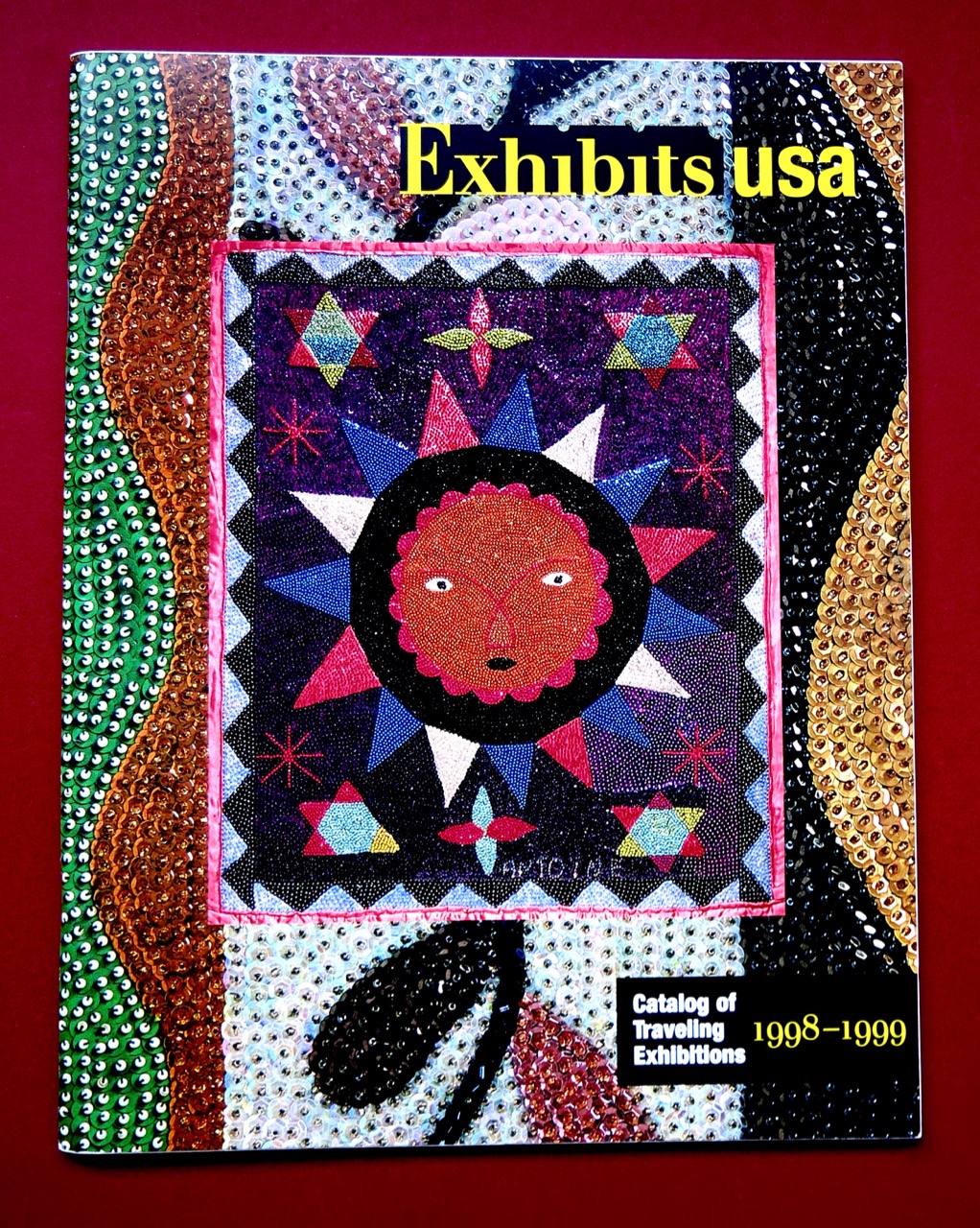
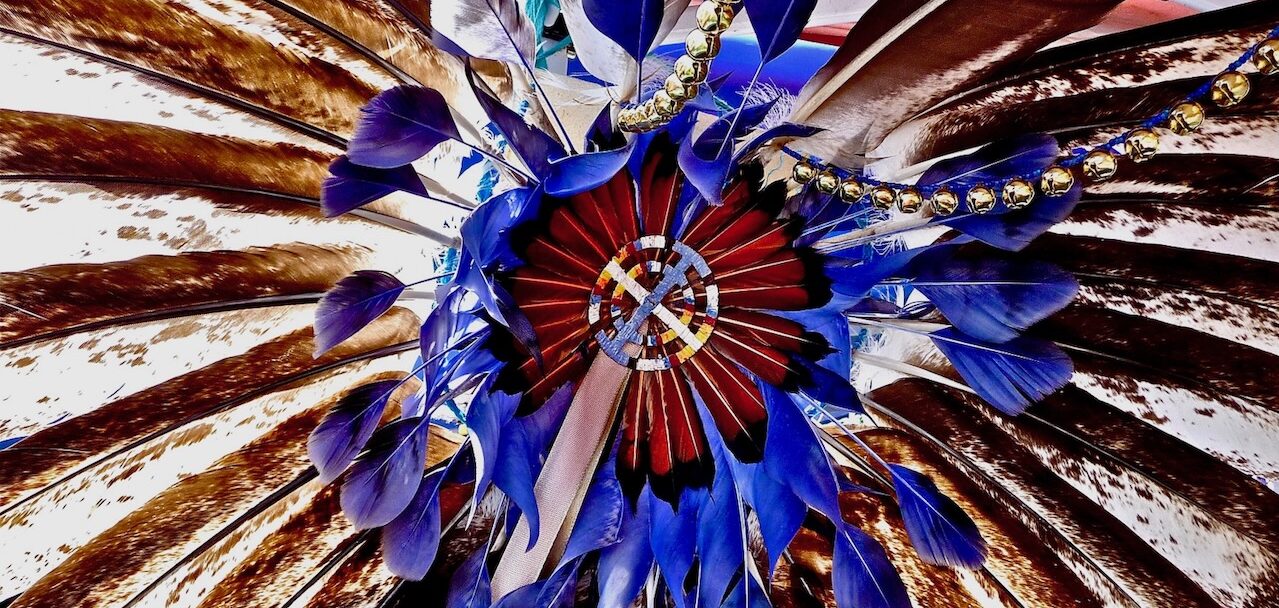
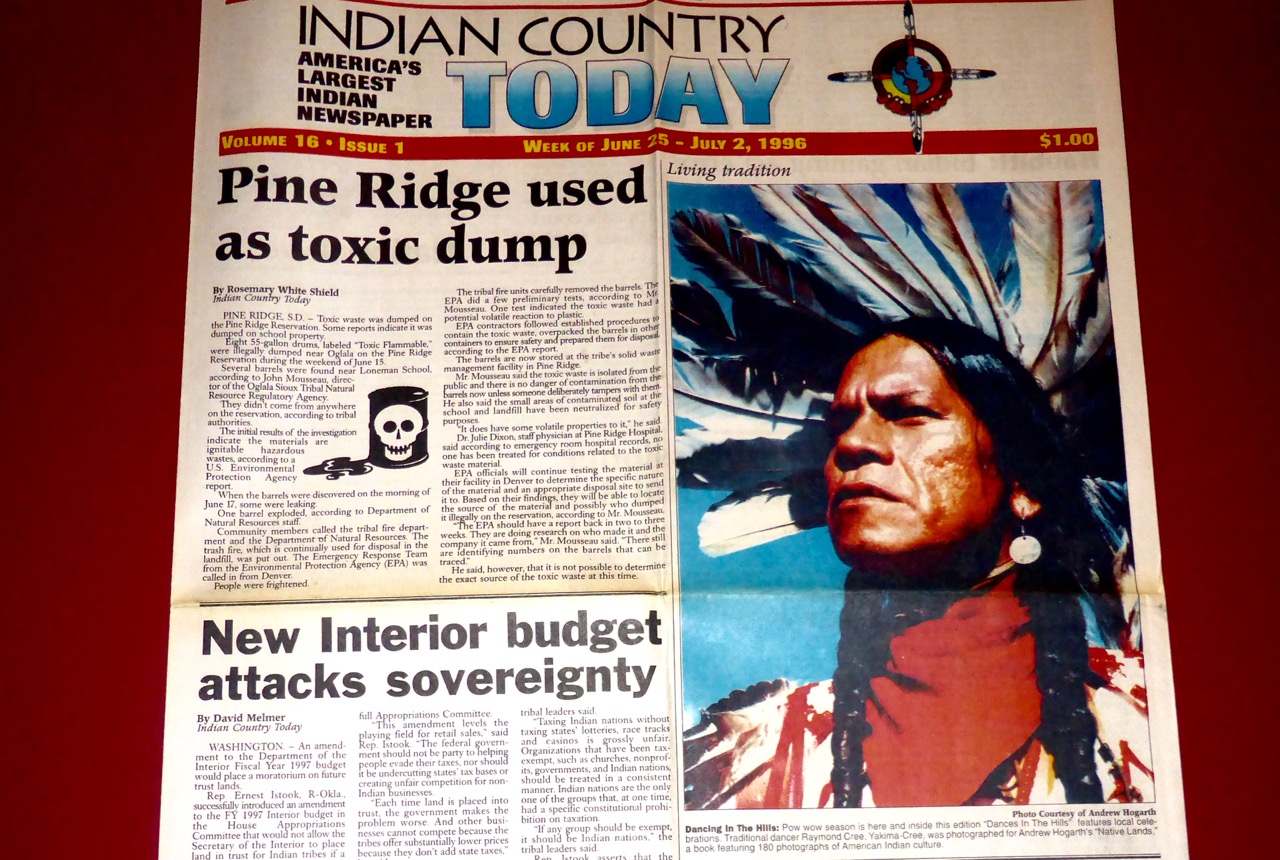


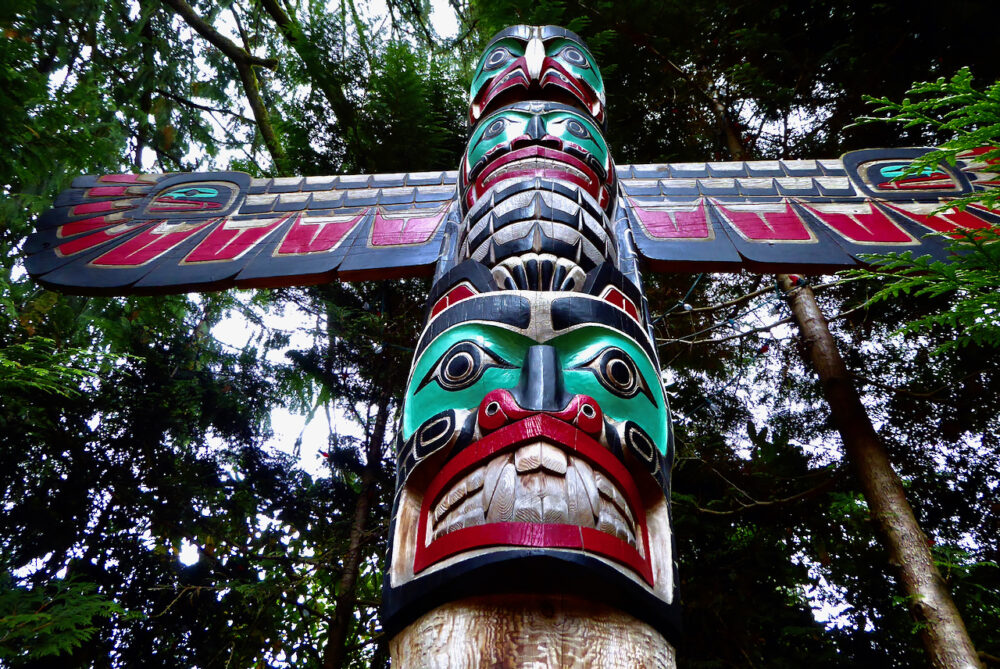
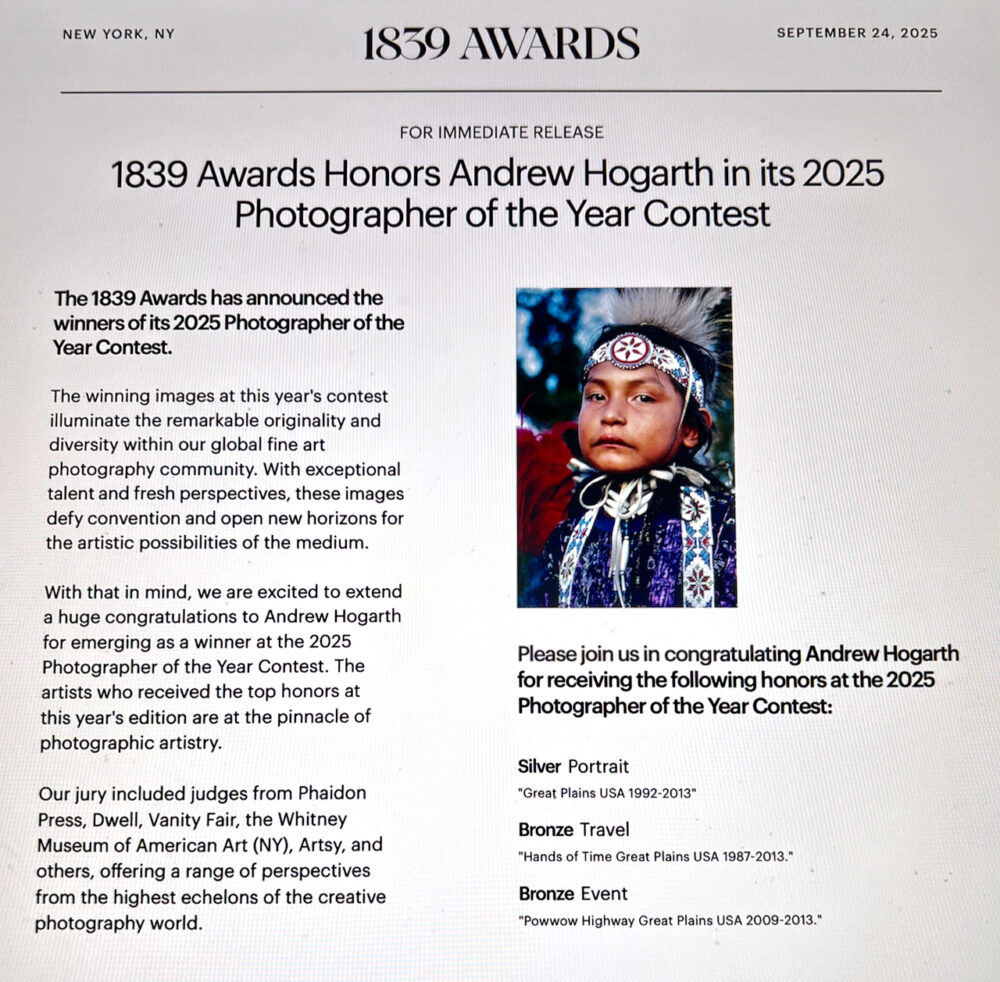
Leave a Comment
You must be logged in to post a comment.